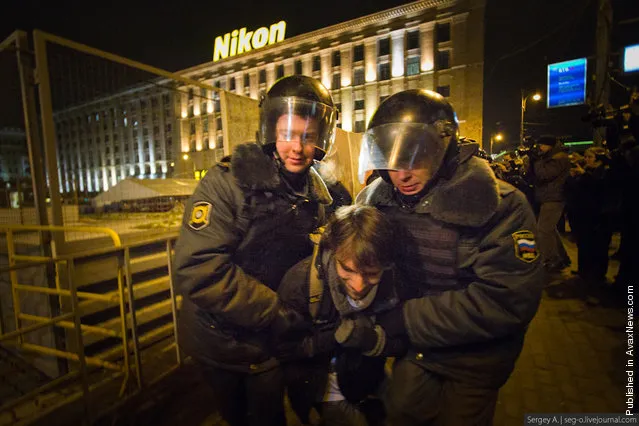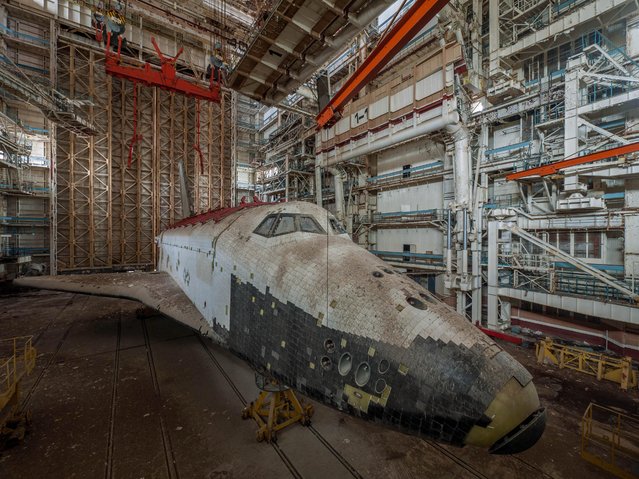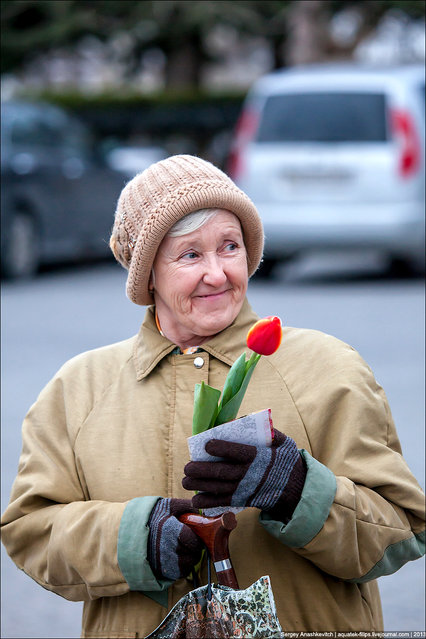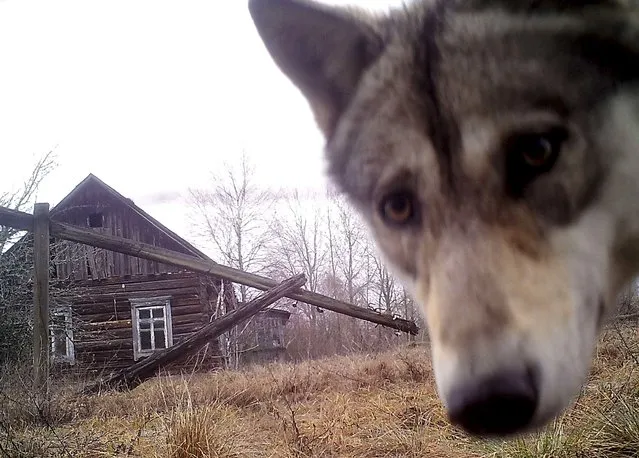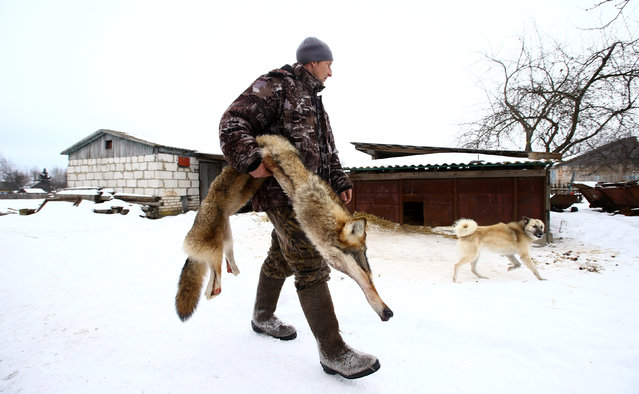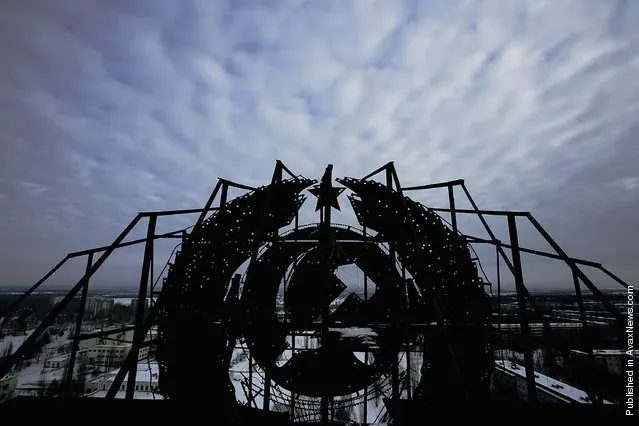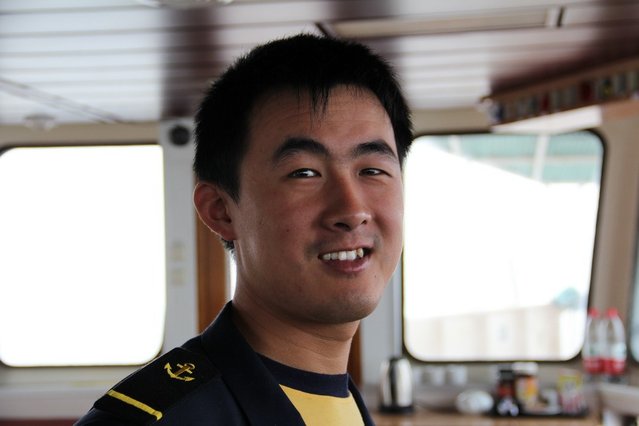
An important historic event: For the first time a container ship sailed the Northern Sea Route through the Russian Arctic, traveling from China to Amsterdam. The journey, which began on August 15 and was completed on September 10, is only now possible due to high levels of Arctic sea ice melt that have occurred in the past several years.
23 Sep 2013 12:57:00,post received
0 comments

